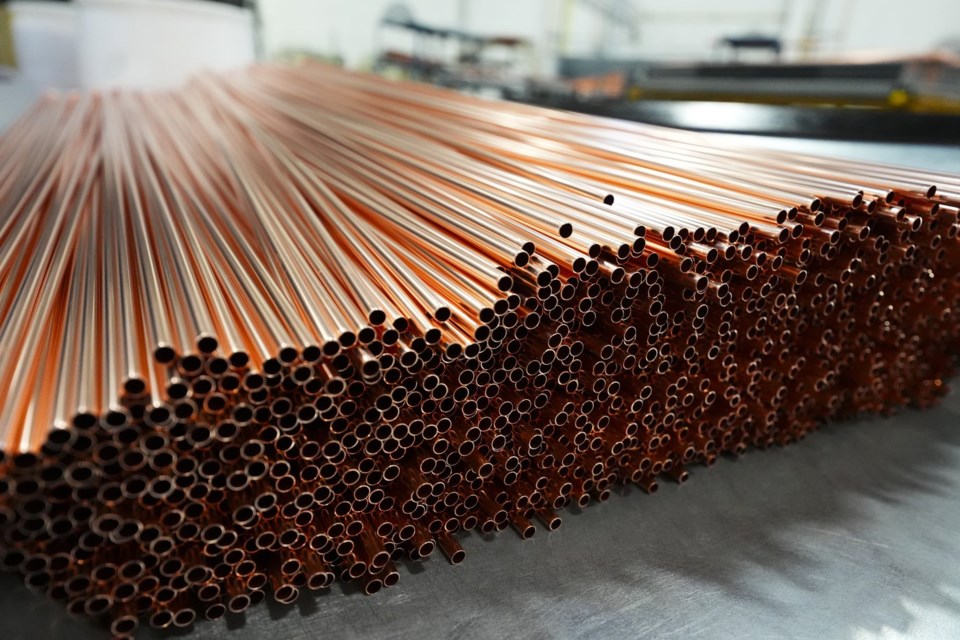TORONTO — U.S. threats to impose 50 per cent tariffs on copper imports have been met with shrugs by Canadian mining companies and skepticism by analysts, though long-term risks remain.
U.S. President Donald Trump's declaration on Tuesday of the coming tariffs came before a study on their need had been released, and the commitment came with no details of when they might be imposed or if any countries might be exempt.
But while key details remain unknown, Canadian mining companies have so far said they don't expect to be affected because copper concentrates are shipped overseas, largely to China.
The raw resources are headed there because the country has built up massive smelting and fabricating operations, accounting for 75 per cent of added smelter capacity since 2000 and virtually all additions in the past five years, and 80 per cent on the fabrication side since 2019, according to Wood Mackenzie.
China's growing dominance in metal processing is exactly why the U.S. has, even before Trump's second term, moved to try and encourage more domestic capacity.
The rush to impose steep tariffs immediately, even as capacity will take many years to develop, will mean U.S. businesses and consumers will pay the price, said Michael Dobner, national leader of economics and policy practice at PwC Canada.
"What I expect is that most of that tariff will be paid by U.S. companies who are buying that copper," he said in an interview.
Companies don't have much wiggle room on buying copper because it's so essential to many products, so they'll have to keep relying on imports, including from Canada, for some time, he said.
"I expect most of it will fall on U.S. companies, and so the impact on Canada in the short term will not be significant."
Canadian aluminum producers have similarly been able to keep selling into the U.S. despite high tariffs because U.S. production capacity is so limited.
Steel producers in Canada however have been hit much harder because there was excess capacity in the U.S., said Dobner.
The prospects of U.S. consumers getting hit with more costs because of Trump's policies raises the question of how viable they really are, and explains some of the muted market reaction, said Derek Holt, head of capital markets economics at Scotiabank.
"Markets may be waiting to see proof and even then waiting to see if the moves are durable, given Trump’s well documented erratic ways," he said in a note.
"Simply put, markets have a tough time viewing his moves as credible," said Holt.
"There is no sensible rationale for these measures that American consumers and businesses will pay for."
Canadian exports of copper to the U.S. totalled $5.7 billion in the 12 months through May, meaning a lighter potential impact than tariffs on steel and aluminum where Canada exported $34 billion worth of metal to the U.S., said BMO senior economist Robert Kavcic in a note.
Quebec would be most affected as it's where most exports originate as Canada's only copper smelter, owned by Glencore plc, is there, but there could be wider repercussions, he said.
"Bigger picture, even if a copper tariff would be relatively contained, it would be another shot that impacts business confidence more broadly."
The threat of tariffs has already driven up copper prices in the U.S., and because it's such a core metal to the economy, the higher prices themselves could hit wider economic growth, said Dobner.
"What we will see is indirectly, potentially, that could drive the U.S. to a less vibrant economy, pushing its economic growth even lower."
This report by The Canadian Press was first published July 9, 2025.
Ian Bickis, The Canadian Press



